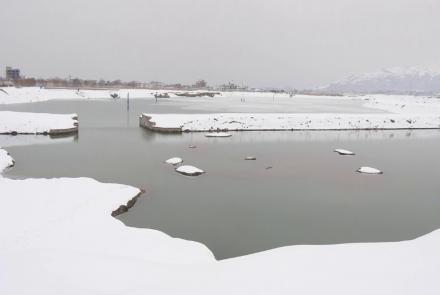Groundwater levels have dropped '50 percent' in Kabul, the Ministry of Energy and Water said, saying the excessive use of water by residents is the cause.
The ministry said that Kabul has four major groundwater sources whose capacity has decreased to 40 to 50 percent, presumably as compared to the known capacity of the areas.
The ministry called on residents to preserve water.
“We have four sources of underground water in Kabul: Upper Kabul (in Paghman District), Logar, which originates from Logar River, Pul-e-Charikhi and Khairkhana,” said Aziz Rahman Aziz, an official at the ministry.
Based on assessments of the ministry, the capacity of Kabul groundwater’s storage is 50 million square meters.
“We have a negative balance," said Aziz, referring to the rate of use and the rate of replenishment.
Kabul municipality said it has launched a campaign to increase public awareness in Kabul.
“We launched a home-to-home campaign in 22 police districts to increase public awareness about snow and (water saving),” said Niamatulah Barakzai, spokesman for the Kabul municipality.
As Afghanistan is struggling with a series of crises, including drought, its people have recently welcomed the heavy rainfall and snow across the country. However, due to floods and avalanches, many people have suffered physical harm and financial loss across the country due to the extreme weather.


Comment this post